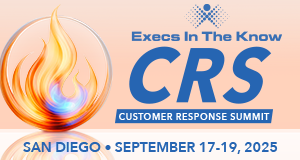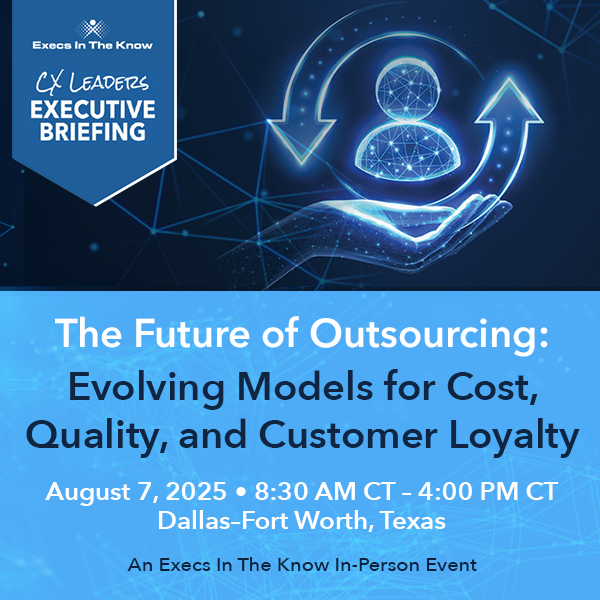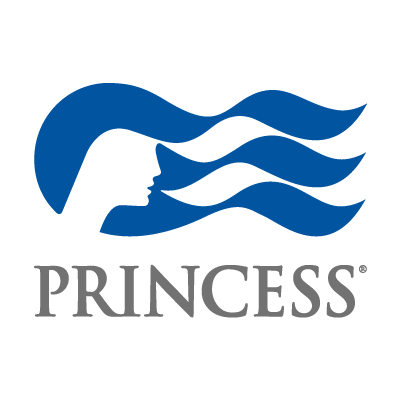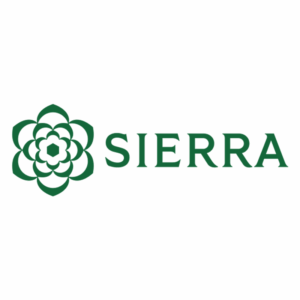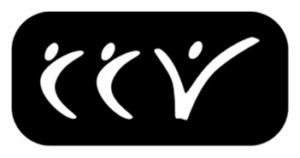Over the past year, there has been a significant amount of discussion within the Execs In The Know community about the current state of outsourcing and the significant shift to work from home (WFH). The conversation has touched on a variety of topics from agent engagement to contracting to insights about different geolocations. We’ve previously published a CX Insight article and accompanying blog post reflecting the geolocation discussion, and contracting is a complex topic worth touching on in the future. But for the purposes of this post, we’ll focus on agent engagement.
Agent engagement, onboarding and training, and security are clearly top of mind for CX operations leaders, especially for those overseeing outsourcing relationships. In this post, we’ll focus specifically on how to create greater agent engagement and improve onboarding/training, all of which play a major role in ensuring both agent well-being, and positive outcomes for customers.
Keys to Creating Engaged, Enabled Agents
Across all the conversations had about outsourcing and improving agent engagement, many great points have been made about how to best enable WFH agents. Above all, things needed to be fun, simple, and rewarding to the agent experience. But of course, getting there is contingent upon specific types of enablement. These include:
Technology Enablement
At its most basic definition, technology enablement is access to reliable tools and services designed to improve agent performance and productivity. Of course, this includes power and internet services, but also things like access to an appropriate workspace and devices, as well as being equipped with powerful, easy-to-use software tools designed for agent and customer success. Technology enablement can be a simple as having an office setup with multiple computer monitors, or as complex as having access to an AI-powered assistant and meaningful, team-based communications tools. And in no way does technology enablement end with the agent … it also extends up the chain of supervision and back into the organization, including things like monitoring and performance management tools.
To ensure your team is properly outfitted, consider building a Technology Enablement Checklist. Start with your agents’ workspaces and work tools, then move to technologies that help agents interact with the organization … things like communication, monitoring, knowledge management, and training/coaching tools. Check-in with agents and team leaders to make sure your list is all-inclusive and get their thoughts on what else they might need (or want) to be more effective and efficient at helping the customer.
Health Enablement
Health and wellbeing are more important than ever before. Health enablement is about ensuring the wellness of the workforce, not just physically, but mentally too. Is the work/life balance of an agent in a healthy place? What are the pain points of the job, especially those leading to unnecessary stress or undue difficulty completing specific tasks? Everyone is going through this experience with a differing set of circumstances and emotions, and employers need to look after the health and wellbeing of their most important asset, their people. This extra care and attention will not only reduce attrition and boost employee satisfaction, but it will also have a direct and positive impact on customer satisfaction. Find ways to measure and understand the health and wellbeing of your workforce, such as employee surveys. Create mechanisms for gathering this information on a formal basis, perhaps quarterly. But also be sure to put in place open door policies and other ways for agents to raise concerns and seek help before small issues become big problems.
Knowledge Enablement
The agent has all the right tools and is ready to do a great job. But do they know how to do the job? This is where Knowledge Enablement, aka training and coaching, comes in. During a recent Outsourcing Briefing discussion, several brands acknowledged the challenges of hiring and training online, but there were plenty of stories of success too. Here are a few pieces of advice from those who have achieved success in this area:
-
- Adjust hiring requirements based on the attributes of agents who have performed best in a WFH environment,
- Expect training to take a little longer within the virtual environment, and make sure trainers are highly accessible
- Try to create opportunities for live, real-time coaching and side-by-sides, as well as engaging microlearning experiences for agents
Cultural Enablement
Perhaps the most important enablement is cultural enablement. In every sense of the word, frontline workers are an extension of the brand. To be effective ambassadors, agents need to be connected to the brand, not just in terms of knowing about products and services, but also in understanding and being a part of the brand’s culture. Cultural enablement is what determines whether a customer has a good experience or a great experience. To be done well, cultural enablement requires great communication, a bit of creativity, and ample opportunity for great interactions from the top down. In many ways, cultural enablement is an opportunity to energize the workforce and created a shared purpose. Consider setting up special experiences like virtual Lunch & Learns with leadership, exclusive product previews, or send out care packages. And be sure to ask your agents what they think … chances are they will have some great ideas about what the organization can do to create a greater connection between them, the brand, and its culture.
What the Future Holds
In many ways and at many organizations, the future of the contact center is still in flux. That said, each and every day all the options are being considered, decisions are being made, and some of the most critical pieces of the puzzle are starting to fall into place. Many organizations see a hybrid approach in their future, one that provides both WFM and office-based options for agents, often based on performance. Furthermore, the events of the past year have prompted many organizations to rethink what matters most, placing more emphasis on outcomes, and less emphasis on things like absenteeism and key performance indicators. At the same time, many organizations have discovered the importance of taking a collaborative approach with their outsourcing partners which, more often than not, has proved invaluable in achieving shared success and overcoming the many tough challenges of 2020.
______________________________________________________________
If you are a senior leader running CX operations on the corporate side and would like to engage with your peers about outsourcing and other CX topics in a private, online community, we invite you to join our KIA online community. You can also find out about everything happening within the Execs In The Know community by joining our mailing list.
Likewise, if you are a solution or service provider and would like to lead a future discussion about this or other critical topic, or get involved with the Execs In The Know community in other ways, you can reach out to us at [email protected].
Blog post, written by: Execs In The Know


